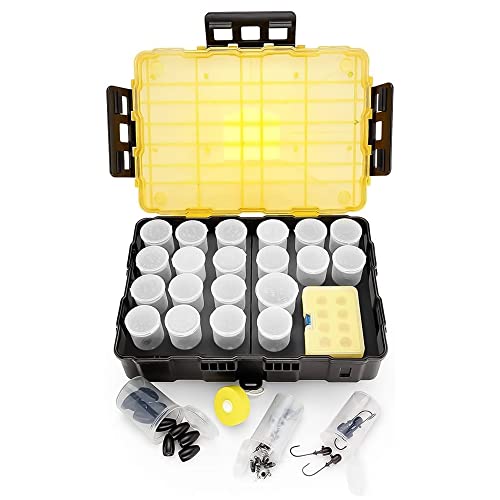Pappy said:
Curious as to why you would think an air bubble has anything to do with this??
First off.
Do you have a choke on the engine or a primer system? This has to be answered. An owner manual should tell you this or you may find it in a parts diagram. Makes a difference in starting technique but we will cover both.
Common to both.....
You need to pump the primer bulb until it gets tight or firm. This assures the fuel bowl in the carburetor is full and the primer system has pressurized fuel. Same exact thing a fuel pump does while the engine is running. The carburetor will do everything from there once the engine is running.
Primer systems - There has to be a bit of fuel pressure for a primer system to work hence the statement above. The primer is a simple on/off valve with pressurized fuel on the inlet side and one or more ports on the outlet side. When the primer is activated it will allow pressurized fuel from the inlet side, through the primer and to the back side of the carburetor either at the front of the intake manifold or the rear of the carburetor usually.
Manual Primer - simply remove the outlet side hose either from the primer or where it attaches to the engine and pump it to verify fuel flow.
Electric primer - Also needs pressure from the primer bulb to operate. Pull the same output line and activate it and verify fuel flow.
If you have verified fuel flow through the primer and still have a difficult start issue then verify the nipple that the hose fits onto at the engine or carb is open. Very often these are tiny orifices and will plug and not allow primer fuel to flow.
Manual or electric choke - Both of these systems are very effective as long as the choke blades close COMPLETELY....not just pretty close to closed.
Any air leak around a choke blade will kill the suction needed to pull fuel up through the high speed nozzle and supply fuel for starting. Makes for a very hard to start when cold engine!
Engine angle - If you are trying to start this engine while trimmed high or tilted and have either one of these systems listed above the engine will be very difficult to start.
Notice in here that nowhere did I mention an air bubble anywhere.......
First of all thank you very much. There's a lot of valuable info there.
My theory on the bubble was that it didn't have sufficient pressure to feed fuel to the engine to start it.Once started the engine would create the needed suction to pull fuel in.
As for the choke vs primer. I'm showing showing my ignorance here but I was originally going to say choke b/c I have a knob that says "Pull to Choke". After reading through the manual a bit I'll say primer b/c the manual shows a "Primer System" which is attached to the fuel bowl and "Primer Diaphragm". This is the blue button that gets pushed when I "Pull to Choke".
It's the same carburetor as in this video
https://www.youtube.com/watch?v=rpcrTt5WMUE&list=WL&index=24&t=0s
At the moment I followed the same steps as in the video and have the carburetor off. I didn't do anything other than remove parts and look for gunk. Everything seemed pretty clean. He said something about blowing out some holes but I don't have any carburetor spray to do that.
The primer button does seem to go up and down a little easier now though. Maybe that will help.
The bulb on the fuel line from the gas tank is tight when trying to start. We also checked the fuel filter which looks good and clean.
Thank you for the info about the engine needing to be level. At home it's level and usually starts fairly easily with a couple squirts. The other day I took it to the lake and it was harder to start. REALLY frustrating.

Looking back it's probably b/c the engine wasn't level on the boat ramp.
Thanks again... REALLY appreciate it.























































